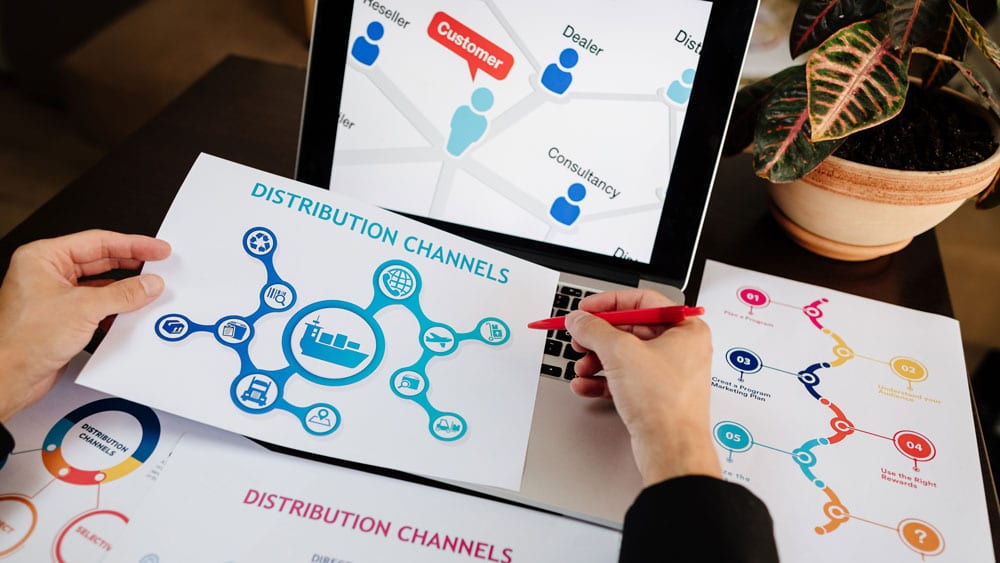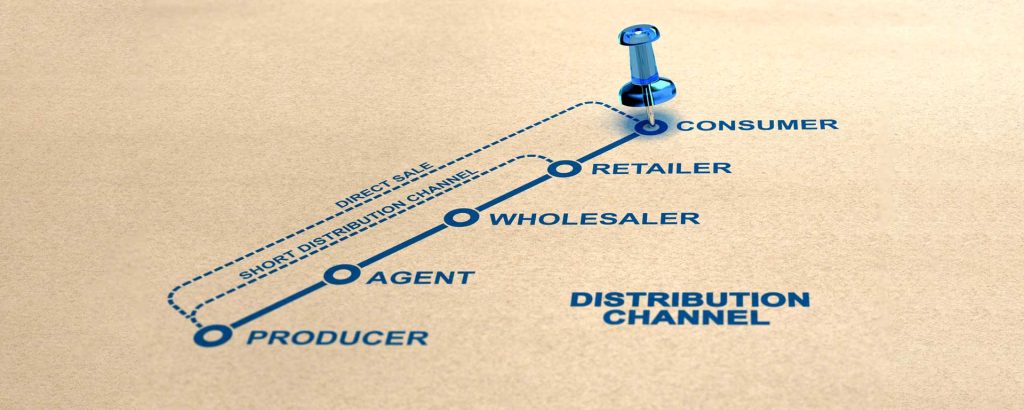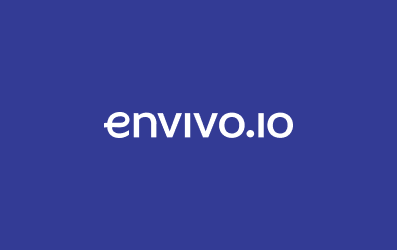How to develop and manage the ideal distribution channel for your business
Customer satisfaction is a key component of a flourishing business. And in order to deliver goods or services smoothly to customers, setting up the most convenient distribution channels is essential. Which is why finding the right channels will help your business to increase the value of your products. However, increased distribution opportunities can pose a challenge and raise questions about which channel works best for your business and product.
What is a distribution channel?
A distribution channel is a chain of businesses or intermediaries, from manufacturer or service provider, through which a product or service reaches the end consumer. Depending on your business and strategy, the ideal distribution channel for you can be digital or physical, indirect or direct.

What are the different types of distribution channels?
Direct channel of distribution
A direct channel of distribution brings the product or service directly to the end consumer without intermediaries. Common means of direct distribution would be through own retail shops/ chain stores, through a website or door to door sales, or by selling the product at the manufacturer´s plant.
For example: A beverage company is brewing their own alcoholic beverages and selling them directly on their company website or in their own taprooms.
Advantages: A direct channel of distribution is the shortest route to the end consumer and the revenue is all yours.
However, the disadvantages must be taken into consideration. A direct distribution network requires heavy investment in, and management of, your own infrastructure. The necessary (local) knowledge may not be present yet and it can most certainly be a challenge to achieve a wider reach with your product.
Indirect channel of distribution
In an indirect channel of distribution, the product or service is sold with at least one intermediary to the end consumer. Meaning, your product or service moves through a distribution chain.
There are different types of indirect channel distributions:
- Value-added retailers – a retailer adds value to the individual product before selling it to the consumer.
- Consultants – including consultants in the chain of distribution can support the sales process and create a strong sales strategy.
- System integrators – specialised system integrators combine products or services from various manufacturers to sell them as a bundle.
- Managed service providers – including managed service providers in a distribution channel can be a method for outsourcing IT and handling of tech management.
- Original Equipment Manufacturers – if the product is produced to be part of another product, the original manufacturer can be part of an indirect distribution strategy. An example would be a tyre manufacturer who is selling the tyres to car brands.
- Wholesalers – including wholesalers in the distribution network is an option to create a wider reach through indirect distribution, as they sell in bulks to retailers.
- Distributors – distributors can function as logistics hubs in an indirect distribution network. They can manage logistics and distribute products to wholesalers as well as retailers.
- Retailers – retailers are a direct link to the consumer in an indirect distribution chain.
Advantages: Intermediaries can provide expertise and do not need to allocate resources to manufacturing. Indirect distribution channels have a bigger reach and can even open up new markets.
A disadvantage, on the other hand, is a shared revenue with the intermediaries.
Hybrid channel distribution / multi-channel distribution
In a hybrid or multi-channel distribution system, different distribution channels are developed. The distribution channel is based on the respective customer segmentation.
- Segment one – direct distribution channel
- Segment two – indirect distribution channel (wholesale – retailer – consumer)
Advantages: Increase in coverage and opportunities with a simultaneous individual approach. The distribution channel is based on your customer’s needs.
A disadvantage to a multi-channel distribution may be the need for more control and oversight. You must make sure the segments do not compete with each other. A hybrid distribution network can also be challenging if both segments are marketed with different pricing.

When should I consider adjusting my distribution strategy?
It is worth investing time in re-evaluating your current distribution channels, if they are not generating the desired profit or your resources are allocated inefficiently.
Consider adjusting your distribution strategy if you cannot reach your end consumer effectively or you are losing customer satisfaction because intermediaries are not delivering on their KPIs, resulting in a poor service to the end consumer.
Often a new business strategy or an addition to, or change in, the line of products and services you offer can also lead to new requirements for your distribution network.
How to develop / decide on distribution channel strategy?
There is a number of key questions which will help you decide on the ideal distribution channel strategy for your business and develop it. They should be answered after you have analysed the respective customer segment:
- How do consumers consume your products and services?
- Where do they buy it?
- Does your product or service need additional information and/ or training?
- Are additional products or services needed to use your product or service?
- Can your product and service be used without professional assistance?
- Is maintenance needed for your product?
The next step for developing the ideal distribution channel strategy for your business is to define your goals, which mainly are to make available the product at right place in right quantity and at right time (Product Availability). Apart from the main objective, distribution channel has other objectives like production and safety of the product, quick disposal of the product at the low cost or meeting the customers servive requirements.
And ultimately, specify the factors driving your distribution channel strategy:
- What are your customer’s needs?
- What is your pricing structure?
- Do you need the expertise of intermediaries?
- Do you have or need a logistics network?
- Do you have competing business segments?
- What type of product or service do you offer at what production level?
- What is the technical and physical nature of your product or service?
envivo.io is your partner for managing your distribution channels
Profit from envivo.io’s expertise when choosing the most efficient and suitable channels for each business (unit).
envivo.io also offers client support in managing your distribution channels successfully, once you have decided on a distribution network for your business.
















